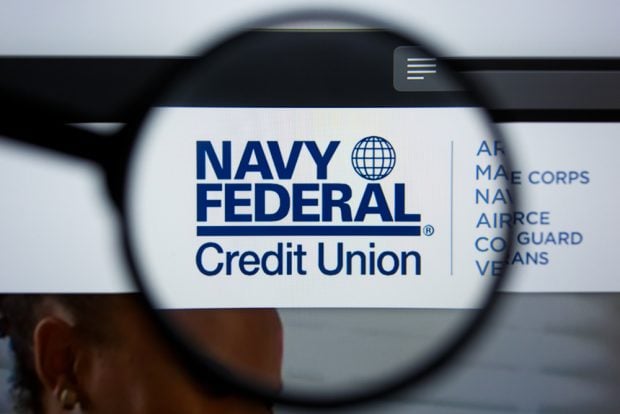When your car is destroyed in an accident or stolen, it's not the time to find out you may actually be liable for hundreds or even thousands of dollars. However, since auto insurance typically covers only a vehicle's depreciated value–which may be considerably less than your loan balance– that's exactly what can happen.
The need to cover this "gap" gave rise to guaranteed auto protection (GAP) programs about 15 years ago. These programs, which pay the remaining loan balance after the auto insurance claim is paid, quickly grew in popularity as credit unions discovered that offering GAP addenda to loans decreased their financial risk, enhanced goodwill and member retention, and provided a valuable noninterest income opportunity.
Today, the need for GAP coverage has never been greater. On one hand, consumers–already cash-strapped from high gas prices–continue to roll existing debt into new loans, while no-down-payment options and a focus on low monthly payments fuel the trend toward longer and longer auto loan terms. On the other, incentives on new cars are causing used car prices to deteriorate quickly, and gas-guzzling models in particular have been experiencing rapid depreciation.
Recommended For You
As a result, borrowers can easily owe more than the vehicle is worth the minute they drive off the lot. Since incentives, high gas prices and negative equity are trends that will continue, it is more important than ever for lenders and borrowers to have GAP addenda in place.
Now is also an excellent time for credit unions to promote their GAP programs. Credit unions can offer members GAP addenda at prices more competitive than other sources. Auto dealers, for instance, charge up to $700 for a GAP contract and frequently make as much as $500 in profit per contract. The price of dealer contracts may increase even more as insurers anticipate raising program coverage to compensate for poor loss experience.
In contrast, credit unions can provide a GAP option on loans at a much lower price, yet still have an attractive income per addendum. The result: both credit unions and their members benefit.
Yet, while the need for GAP programs has increased, several insurers have stopped writing program coverage in recent years. When GAP was new, many insurance companies established rates without any actuarial basis and administered programs without doing much, if any, underwriting. Many insurers also did not devote the claim resources necessary to manage programs properly, creating financial and operational strain when claims spiked. The resulting poor loss experience led those companies to abandon the market and the credit unions whose GAP programs depended on them.
Therefore, whether looking for a new GAP insurer or starting a new program, credit unions should find a partner that has shown stable commitment to the GAP market. The company should also demonstrate financial security that reflects sound ratemaking, such as by maintaining at least an "excellent" financial strength rating from AM Best, an independent rating organization for the insurance industry. In addition, a credit union should evaluate five important characteristics when choosing a GAP insurer, starting with its underwriting methodology. A credit union should avoid companies that only offer " 'across the board' pricing." Choosing a one-price company means that a credit union with good claim experience risks having its program rates increased when the experience of the insurer's total book deteriorates. Underwriting each credit union based on its unique auto loan business and its own loan underwriting practices provides pricing stability. Additionally, a credit union is best served if its GAP program partner is the actual underwriter of the coverage rather than a third-party administrator or agent. A credit union simply doesn't have much leverage with these organizations if its loss ratio goes up unexpectedly, or if it needs to retain a claim specialist in an unusual circumstance. Second is coverage flexibility. More and more credit unions are offering special loan programs, such as " skip a payment" features. Since basic GAP coverage typically does not cover this, credit unions should confirm the policy they choose can be endorsed to cover unique loan arrangements offered to members.
Third, a credit union should assess the ease of administering its GAP program with the company it chooses. Potentially thousands of GAP addenda need to be issued and reported to the insurer. If it takes a full-time employee just to handle the paperwork the insurer requires, the income generated by the program can quickly be offset. Instead, credit unions should look for insurers providing online tools that can be easily accessed by loan officers at the point of origination and that help make the GAP addendum process fast and efficient. Other online resources, such as calculators illustrating the potential difference between claim payment and loan balance over the life of a loan, are important tools credit unions can use to explain the importance of having a GAP addendum to a member applying for an auto loan.
The fourth feature to assess is claim turnaround time. Some insurers can take anywhere from 30 to 45 days to settle a GAP claim. In contrast, by supporting electronic claim reporting and using efficient claim handling practices, insurers should be able to provide credit unions a standard turnaround time of three days or less. Finally, credit unions should look for companies that offer training for loan officers. Ideally, an insurer should offer Web-based training, on-site training, and online help resources for questions that arise after the initial training. This combination ensures that staff members are prepared to support the product and answer questions, particularly as a credit union brings on new employees. GAP programs will continue to be an important part of a credit union's lending business. By carefully choosing an insurance partner, credit unions ensure that both they and their members will be protected for years to come.
© Touchpoint Markets, All Rights Reserved. Request academic re-use from www.copyright.com. All other uses, submit a request to [email protected]. For more inforrmation visit Asset & Logo Licensing.






